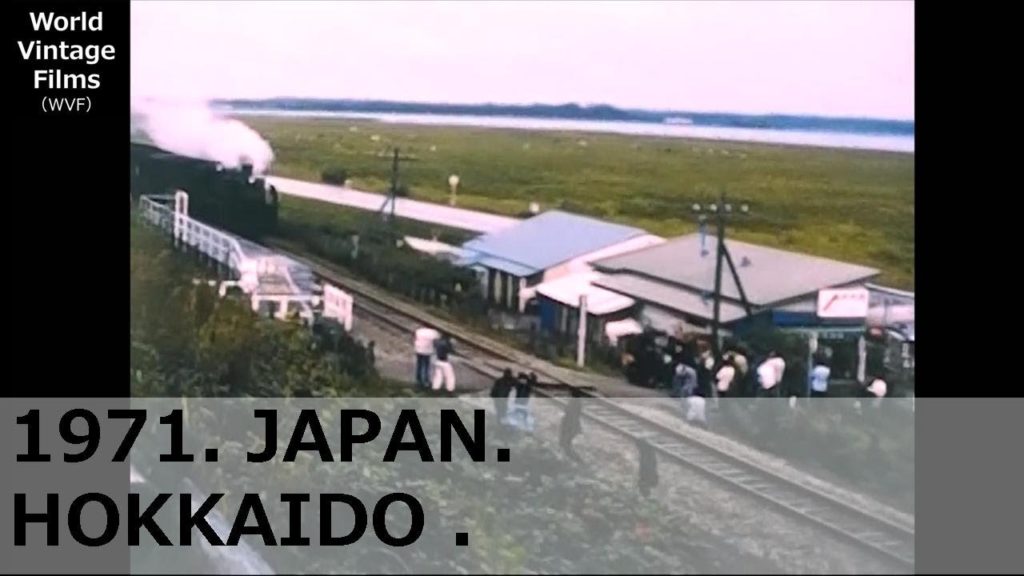A primeval flower garden is a wetland or grassland where colorful flowers bloom even if the nature is left untouched. Known for its unique vegetation, it can also be called a natural flower garden. In Hokkaido, it is widely distributed from the eastern part of Hokkaido to the northern part of Hokkaido, including the coast of the Sea of Okhotsk. Since Koshimizu Gensei Kaen has become famous nationwide, many of the other districts have begun to give their names in the same way in order to improve their image. In addition to Hokkaido, there are districts that call themselves the primeval flower garden, but basically they often call themselves the XX marsh. Koshimizu primeval flower garden, Sarobetsu primeval flower garden, and Wakka primeval flower garden are famous. Kiritappu Wetland is also a primeval flower garden by nature, although it is not called a primeval flower garden.
Shakotan Peninsula is a peninsula located in the Shiribeshi General Promotion Bureau in western Hokkaido. The origin of the place name is the Ainu word Shak Kotan (summer village). It protrudes toward the Sea of Japan and is geologically located on the extension of the Shiribeshi volcanic group belonging to the Nasu volcanic belt. The total length of the peninsula is about 30km, and the terrain is steep with few plains. In the center, Shakotandake and Yobetsudake form the backbone, and the coastline is a series of complex coastlines. Therefore, it is rich in scenic scenery, and the entire coastline is designated as Niseko Shakotan Otaru Coast National Monument.There are many capes such as Cape Shakotan and Cape Kamui, and several fishing villages were born in the small bay surrounding them. In particular, the fishing industry has supported the economy of surrounding towns and villages for a long time, including herring fishing that continued from the Edo period to the end of the Taisho era. Since the latter half of the Showa period, it has been focusing on the tourism industry, but although it is relatively close to the Sapporo metropolitan area, the inconvenience of transportation is a bottleneck. Therefore, despite the abundance of hot spring resources, development has not progressed so much except for Raiden Onsen and Sake Onsenkyo. The area is rich in fish and shellfish, and is famous for flounder, squid, sea urchin, walleye pollock (cod roe processing is also popular). From the late Edo period to the early Showa period, it is known for herring fishing as well as Hiyama and Rumoi, and the area is also the birthplace of Soran Bushi. As of 2014, the Shakotan area is the only area in the world where seals and dolphins have become established and swimming with sea lions has been commercialized in earnest. Due to the mountainous terrain, it is not blessed with traffic. Currently, National Highway No. 229 runs along the coast of the peninsula, but until 1996, there was an unopened section between Kamoenai Village and Shakotan Town. There are countless tunnels that are hollowed out from the bedrock to run like weaving a narrow coast. In Furubira Town, a fixed-route bus was swallowed by the collapse of the tunnel, resulting in a disaster that killed 20 people (Toyohama tunnel bedrock collapse accident). In terms of traffic in Hokkaido, National Highway No. 5, which occupies the position of the main trunk line, passes through Kunitomi, Kyowa Town, and the center of Yoichi Town, which is the abdomen of the peninsula. Less is. Rail traffic is not fortunate because the Hakodate Main Line follows almost the same route as National Highway No. 5 (the route on the abdomen of the peninsula). Until 1985, another JNR Iwanai Line ran between Iwanai and Kozawa. In addition, a car ferry (Higashi Nihon Ferry) connecting Iwanai Port and Naoetsu Port in Niigata Prefecture was operated from 1990 to 2000, but it was abolished due to a decrease in users.
About World Vintage Films
I’m doing a Youtube video of footage taken from the 1910s to the 1980s.
The footage is original and was filmed by my family and my friends while they were traveling.
That’s why most of the footage was shot in Japan.
The first step in the editing process is to convert the video from analog to digital. Then I remove the unnecessary parts and add the original music and subtitles. We don’t want to hide the footage, so we don’t have many subtitles.
Black and white footage may be converted to color.
International and domestic travel around the world, before, during and after the war.
We have over 10,000 films that have not yet been released to the public. We will continue to edit and distribute a few more in the future.Mostly on 8mm, 16mm, 9.5mm, 35mm, etc. Newer types of video, such as VHS, are not covered.
(I translate in multiple languages, so my writing is poor.)
#1970s
#JAPAN
#Hokkaido
BGM:MusMus


AloJapan.com